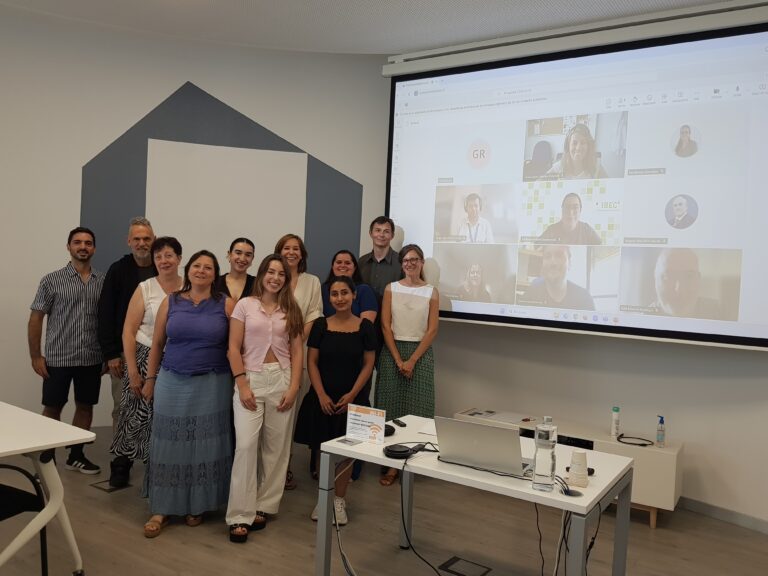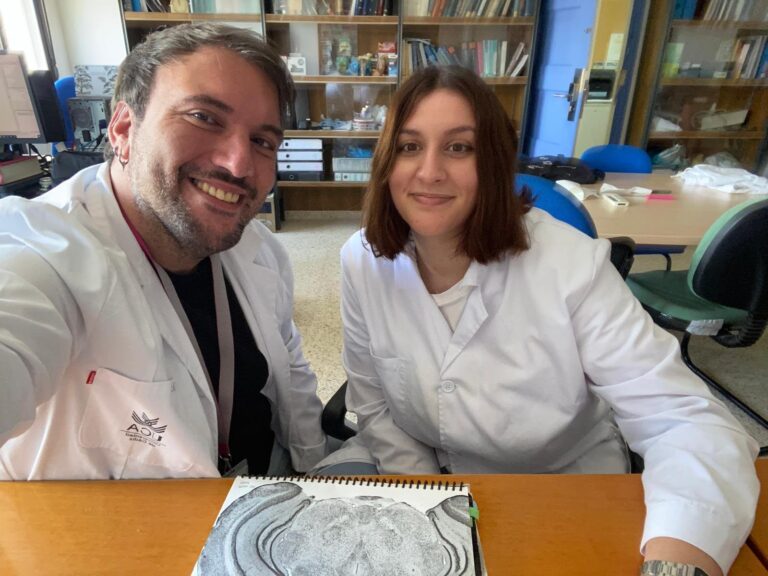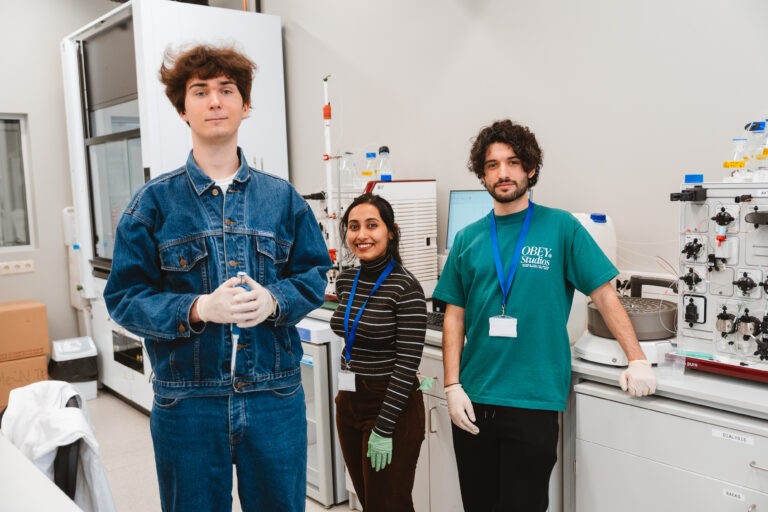One more year researchers from the Institute of Biomedical research from Barcelona (IIBB-CSIC) and the Institute for Bioengineering of Catalonia (IBEC) bring photopharmacology closer to society, in a hand-on activity during the 18th edition of the Science Party.
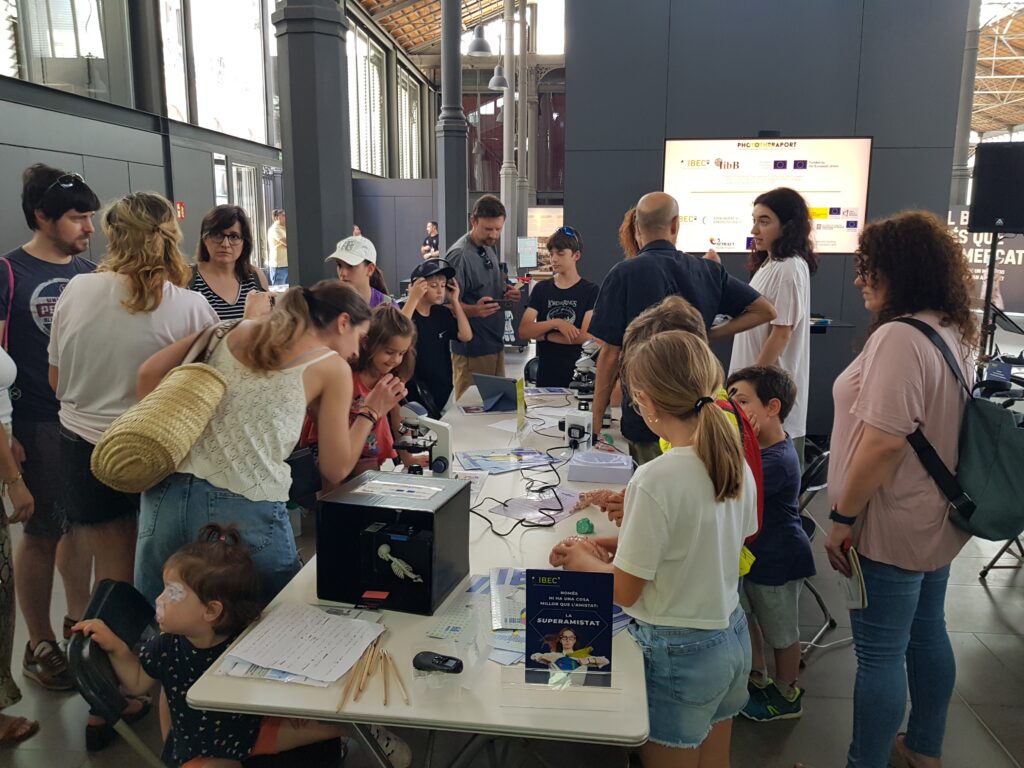
The 18th Science Festival (Festa de la Ciència) in Barcelona has once again attracted a large audience of all ages. Over the course of three days, around 18,000 people enjoyed shows, workshops, experiments, micro-talks, presentations, and many other activities offered to the general public. More than 120 entities and institutions organised the 164 proposals, including two partners from the PHOTOTHERAPORT project.
In the morning of 1st of June, Cristina López Cabezón, from Victoria Puig’s group at the Barcelona Institute for Biomedical Research (IIBB-CSIC), and Ekin Opar, from Pau Gorostiza’s group at the Institute of Bioengineering of Catalonia (IBEC), led a hands-on activity aimed at families and the general public. Around 200 people visited the PHOTOTHERAPORT stand to participate in the “Light to help solve health problems” activity and learn about photopharmacology and the project’s objectives.
Visitors had the chance to explore how various nanomaterials react when exposed to infrared light at green, blue and red wavelengths. These materials were used by researchers to demonstrate the phototherapies developed within the project. To illustrate this, the nanomaterials were attached to the back of a small skeleton toy to symbolise the treatments being investigated for conditions such as chronic pain and epilepsy. Participants also observed vials containing nanomaterials of different colours and saw how these substances diffracted a laser beam, providing a visual explanation of their optical properties.
In another part of the demonstration, participants viewed samples of the hippocampus of a mouse brain under a microscope while listening to audio recordings of this region’s activity. These sounds are typically captured during experiments involving the implantation of electrodes. Participants then interacted with a life-sized human brain model to gain insight into the structure and functions of the different brain regions.
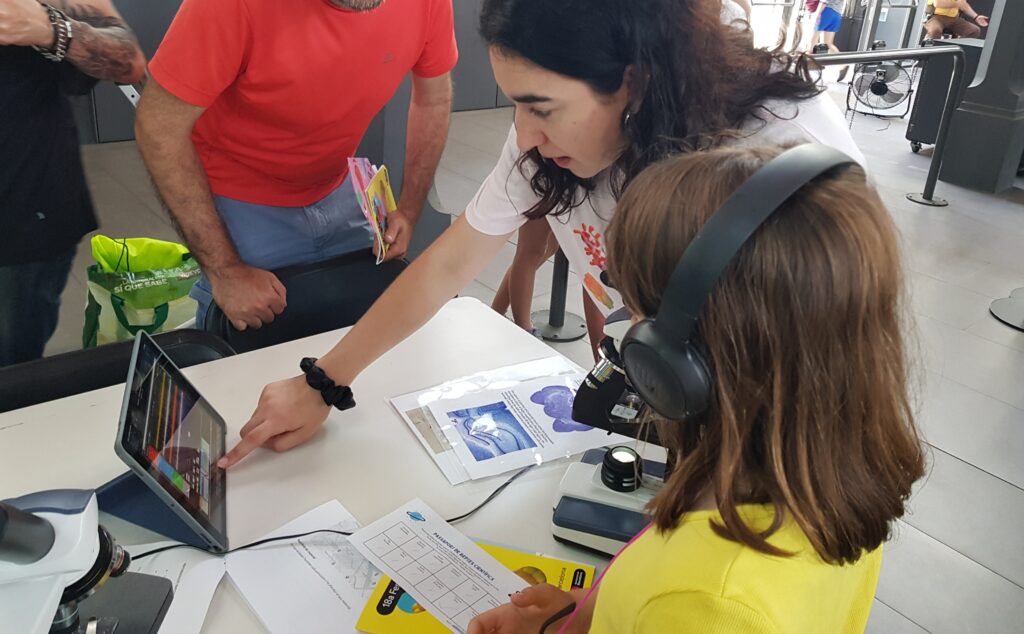
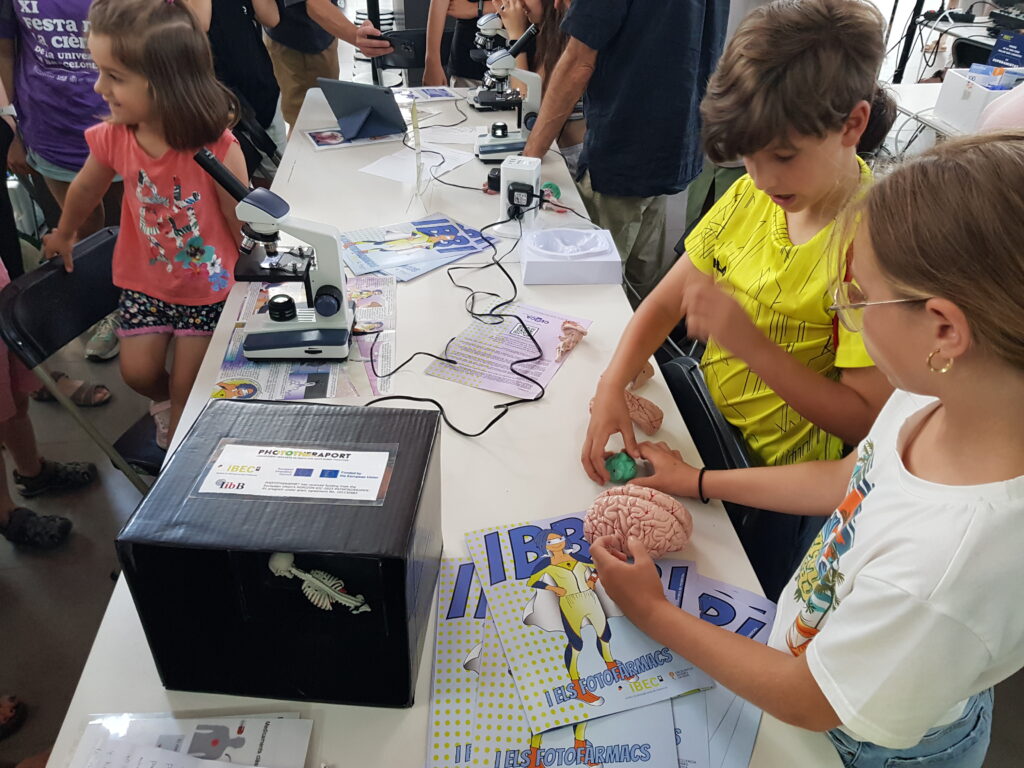
This activity was very stimulating and helped bridge the gap between science and society, fostering a deeper public understanding of scientific work and highlighting the relevance of research in our everyday lives.

